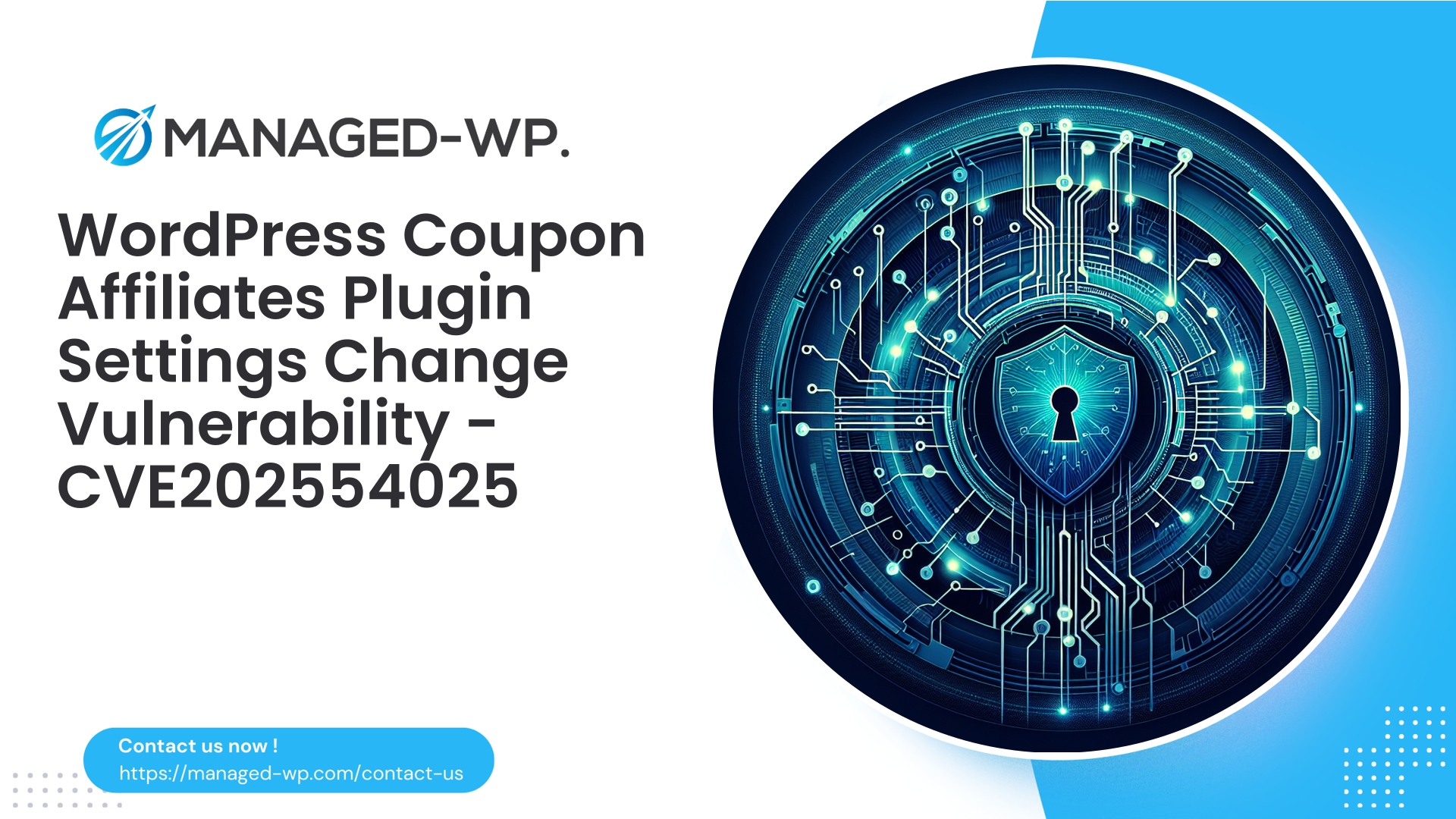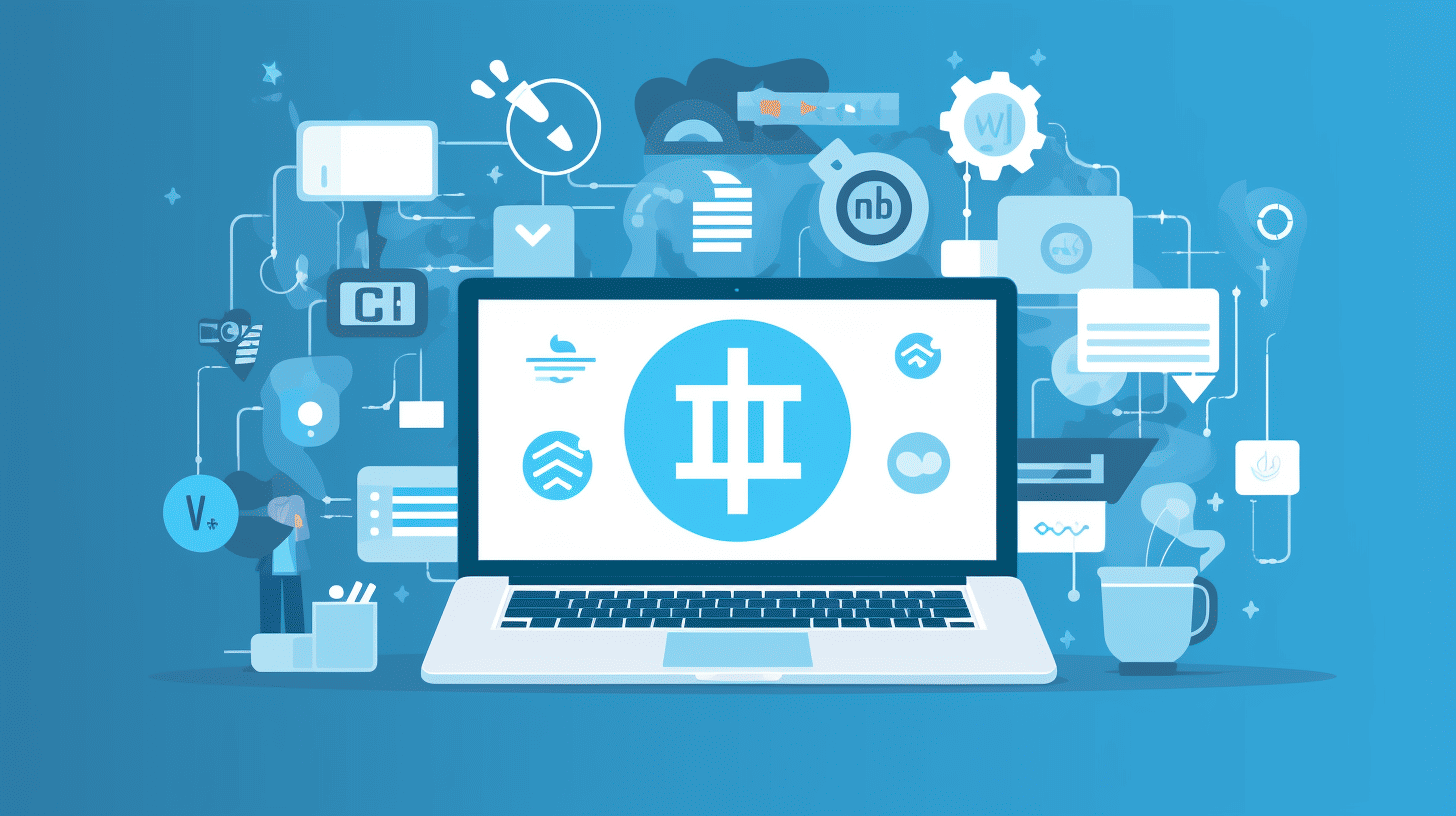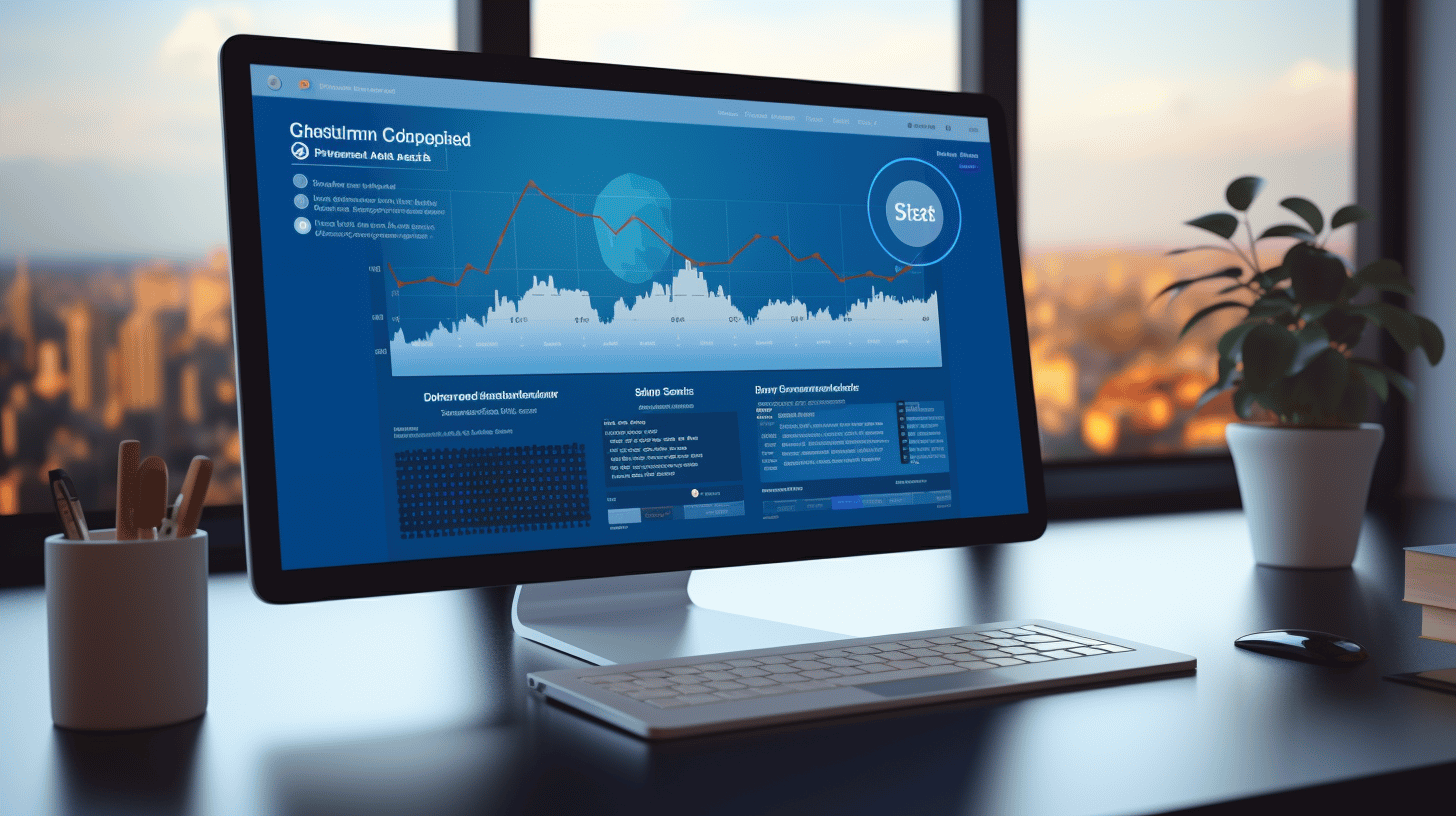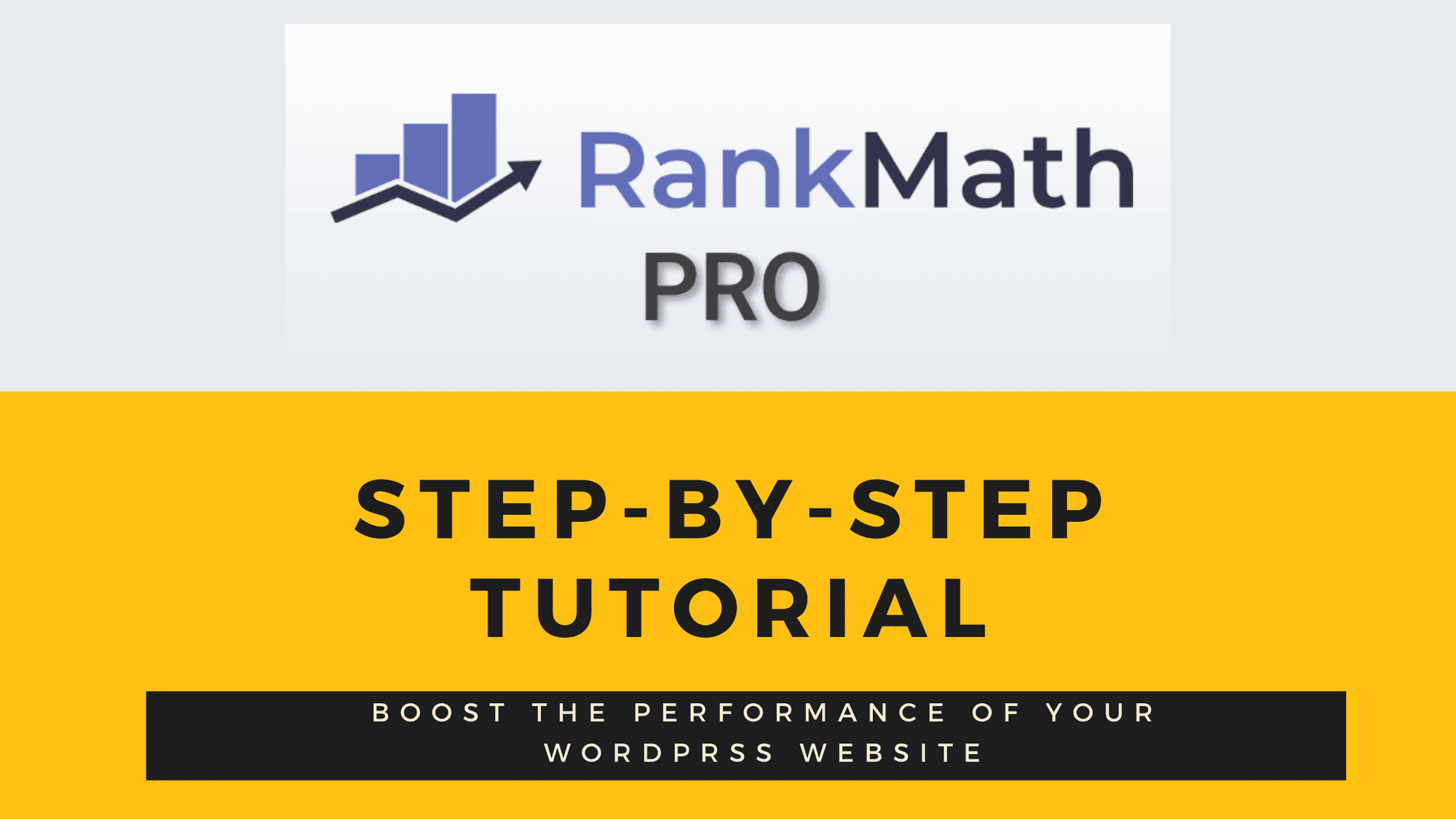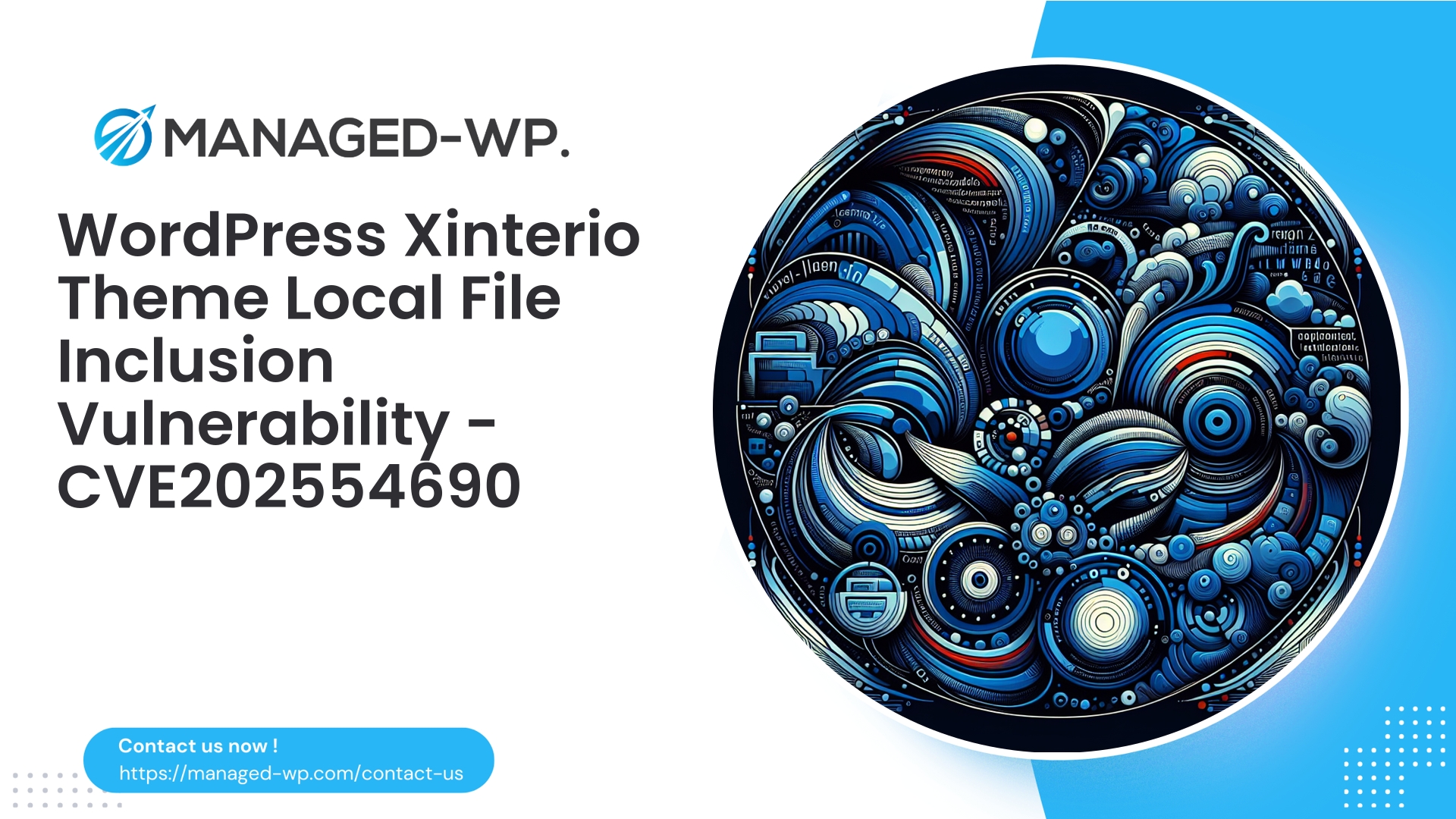| 插件名稱 | 優惠券聯盟 |
|---|---|
| 漏洞類型 | 安全配置錯誤 |
| CVE編號 | CVE-2025-54025 |
| 緊急 | 中等的 |
| CVE 發布日期 | 2025-08-06 |
| 來源網址 | CVE-2025-54025 |
Coupon Affiliates WordPress 外掛程式 ≤ 6.4.0 漏洞:網站所有者的重要訊息
作為一家總部位於美國的值得信賴的安全專業公司,Managed-WP 致力於為 WordPress 社群提供及時的網路安全情報。最近,WordPress 中出現了一個重大漏洞。 優惠券聯盟 WordPress 插件,影響版本 最高至 6.4.0這一缺陷被認定為 設定更改 此漏洞允許未經授權的人員修改插件配置,從而對網站的安全性和運作完整性構成嚴重風險。
在本報告中,我們將詳細介紹漏洞的性質,分析其帶來的風險,並概述每位 WordPress 管理員應立即採取哪些措施來減輕潛在的損害。
漏洞分析:優惠券聯盟插件中的未經授權設定修改
此漏洞的核心在於繞過身份驗證,攻擊者無需有效的使用者憑證即可遠端更改插件設定。由於關鍵端點的存取控制不足,惡意攻擊者可以悄無聲息地篡改配置,從而危及優惠券和聯盟行銷追蹤機制。
您網站面臨的關鍵風險
鑑於該插件在電子商務和行銷工作流程中的作用,未經授權的設定變更可能導致以下後果:
- 詐欺聯盟行銷推薦 將佣金從合法用戶手中轉移出去。
- 操縱折扣規則 這會扭曲銷售報告和收入。
- 插入惡意配置這可能會引入後門或資料外洩。
該漏洞需要 未認證這意味著自動掃描器或機器人可以大規模利用受影響的網站,從而加劇威脅情況。
嚴重程度與背景:中等優先級,但需立即採取行動
通用漏洞評分系統(CVSS v3)將此漏洞評為 6.5(中等) 嚴重性。然而,根本問題屬於OWASP十大安全漏洞之列。 A01:門禁控制故障已知是網站入侵的主要途徑。
存取控制失效的後果
存取控制失效會導致未經授權的使用者繞過權限檢查,從而造成以下後果:
- 權限提升 允許攻擊者執行管理操作。
- 配置篡改 導致業務邏輯中斷。
- 資訊揭露 可能導致敏感資料外洩。
這個漏洞允許未經身份驗證地修改插件設定——這是一個嚴重的安全漏洞,需要重視。
哪些人應該關注?
所有使用 WordPress 的網站 優惠券聯盟外掛程式版本≤6.4.0 有安全隱患。該外掛程式在 WooCommerce 運營商和聯盟行銷人員中廣泛使用,因此大量網站都可能成為攻擊目標。
由於攻擊者不需要登入憑證,所有受影響的網站都容易受到自動和手動攻擊。
事件時間軸
- 發現與報告: 2025年6月29日
- 預先披露警告: 2025年8月6日
- 公開揭露: 2025年8月8日
時間緊迫,凸顯了網站管理員必須迅速採取行動防止濫用行為的迫切性。
漏洞運作方式
簡單來說:
- 插件的設定介面無法正確驗證使用者權限。
- 攻擊者發送精心建構的請求來修改設定而不被發現。
- 無需身份驗證,因此更改無需用戶互動即可發生。
- 更改設定可以重定向佣金、停用保護措施或新增安全繞過方法。
這種模式是典型的存取控制漏洞的典型特徵,也說明了為什麼修補和保護措施是必不可少的。
立即採取的緩解措施
1. 立即升級
更新您的優惠券聯盟插件 版本 6.4.2 或更高版本其中包含修復此漏洞的修補程式。
- 完整備份您的網站 在應用程式更新之前。
- 在測試環境中測試更新,以確保相容性。
- 更新後驗證功能是否正常。
2. 貫徹最小特權原則
嚴格限制管理員和編輯權限,僅允許受信任的人員使用。定期審核使用者角色和權限,以最大程度地降低風險。
3.部署Web應用程式防火牆(WAF)保護
使用功能強大的 WAF,能夠偵測並阻止未經授權的修改敏感插件設定的嘗試,直到應用修補程式為止。
長期安全建議
持續監測異常交通狀況
配置安全工具,以識別針對已知易受攻擊外掛端點的異常請求模式。
定期角色和能力審核
審查並收緊使用者權限,以防止權限升級和未經授權的存取。
虛擬補丁
在防火牆層級實施虛擬補丁,以提供針對零日漏洞攻擊或更新延遲的臨時保護。
為什麼 WordPress 外掛經常成為存取控制漏洞的攻擊目標
WordPress 生態系統的靈活性取決於外掛程式透過 API 和端點進行的互動。如果沒有嚴格的基於角色的權限檢查和請求驗證,這些介面和端點就可能成為攻擊途徑。
在這種情況下,Coupon Affiliates 外掛未能驗證其設定端點的權限,導致攻擊者利用了這一疏忽。
2025 年 WordPress 安全趨勢概覽
熱門外掛程式中存取控制漏洞的增加凸顯了主動安全防護的迫切性。許多攻擊者會使用自動化掃描程式專門尋找配置篡改漏洞,因此及時修補漏洞和建立多層防禦體系至關重要。
Managed-WP 如何保護您的 WordPress 網站
我們的方法全面且積極主動,專注於預防、檢測和快速反應:
- 託管防火牆服務 使用專門的規則阻止未經授權的插件配置變更。
- 持續監控利用 OWASP Top 10 漏洞的企圖。
- 即時惡意軟體掃描和威脅偵測。
- 虛擬修補機制用於保護易受攻擊的插件,直到應用程式更新為止。
- 清晰的警報和事件報告機制,讓網站所有者在每個階段都能了解情況。
這種多層防禦至關重要,尤其是在尚未部署即時插件更新的情況下。
WordPress網站安全衛生最佳實踐
- 常 審核所有外掛和主題 適用於過時或不受支援的版本。
- 訂閱專為 WordPress 外掛程式客製化的、信譽良好的漏洞資訊來源。
- 強制所有使用者使用強密碼和唯一密碼,並啟用多因素身份驗證 (MFA)。
- 僅安裝來自可靠來源且維護良好的插件。
- 定期安排 WordPress 安全專家進行安全評估。
立即開始使用 Managed-WP 的免費安全性計劃
免費建立強大的安全基礎
立即使用我們的產品保護您的 WordPress 網站 免費規劃,其提供:
- 託管防火牆 阻止未經授權的存取嘗試。
- 無限頻寬 無縫處理所有網路流量。
- WordPress專用WAF 根據最新威脅調整規則。
- 自動化 OWASP Top 10 風險緩解。
- 隨選惡意軟體掃描 及早發現感染。
我們的基礎保障措施讓您安心無憂,讓您專注於業務成長。
立即註冊 Managed-WP 的免費安全計劃 立即提升您的 WordPress 防禦能力。
升級到 Managed-WP Premium 以獲得進階保護
隨著您的 WordPress 網站不斷發展,您的安全措施也應隨之調整。 標準 和 專業套餐 增加增強功能:
- 自動清除和修復惡意軟體。
- IP黑名單和白名單控制。
- 詳細的月度安全報告。
- 虛擬修補以阻止零日漏洞。
- 進階附加功能包括專屬專家支援和進階最佳化。
投資於能夠避免代價高昂的資料外洩和停機的保護措施。
結論:立即採取行動,保障您的收入和聲譽
延遲更新或採取緩解措施會使您的網站面臨嚴重後果:
- 由於優惠券和聯盟行銷系統受損,導致收入損失。
- 被濫用的行銷平台會損害客戶信任。
- 與攻擊後清理和恢復相關的巨額成本。
既然已經有了修復版本,而且可以立即採取強有力的防火牆措施,就沒有理由猶豫了。
保持積極主動:及時更新,實施嚴格的權限控制,並利用 Managed-WP 的專家安全服務。
感謝您信任 Managed-WP,選擇我們作為您的 WordPress 安全合作夥伴。警惕是我們的標準;您的安全是我們的使命。
像保護你的企業一樣保護你的 WordPress 網站——因為兩者密不可分。
本指南為 WordPress 管理員提供必要的關鍵知識和防禦策略,以保護其網站免受當前和未來威脅。
注意:在正式部署之前,請務必在測試環境中進行插件更新和安全性更改,以避免營運中斷。











